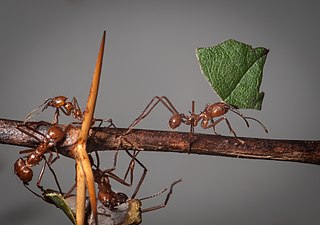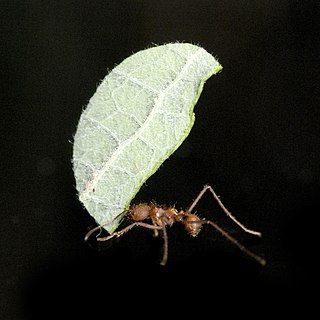 W
WLoricarioidea is a superfamily of catfishes. It contains the six families Trichomycteridae, Nematogenyiidae, Callichthyidae, Scoloplacidae, Astroblepidae, and Loricariidae. Some schemes also include Amphiliidae. This superfamily, including Amphiliidae, includes about 156 genera and 1,187 species.
 W
WAmazon parrots are parrots in the genus Amazona. They are medium-sized, short-tailed parrots native to the Americas, with their range extending from South America to Mexico and the Caribbean. Amazona is one of the 92 genera of parrots that make up the order Psittaciformes and is in the family Psittacidae, one of three families of true parrots. It contains about thirty species. Most amazons are predominantly green, with accenting colors that depend on the species and can be quite vivid. They feed primarily on seeds, nuts, and fruits, supplemented by leafy matter.
 W
WAnolis biporcatus, also known as the neotropical green anole or giant green anole, is a species of anole. It is found in forests, both disturbed and undisturbed, in Mexico, Central America, Colombia and Venezuela. More southern populations, in southwestern Colombia and western Ecuador, were recognized as a separate species, A. parvauritus, in 2017.
 W
WAtta cephalotes is a species of leafcutter ant in the tribe Attini. A single colony of ants can contain up to 5 million members, and each colony has one queen that can live more than 15 years. The colony comprises different castes, known as "task partitioning", and each caste has a different job to do.
 W
WAtta colombica is one of 47 species of leafcutter ants. This species is part of the Attini tribe.
 W
WEurybia elvina, commonly known as the blind eurybia, is a Neotropical metalmark butterfly. Like many other riodinids, the caterpillars are myrmecophilous and have tentacle nectary organs that exude a fluid similar to that produced by the host plant Calathea ovandensis. This mutualistic relationship allows ants to harvest the exudate, and in return provide protection in the form of soil shelters for larvae. The larvae communicate with the ants by vibrations produced by the movement of its head. The species was described and given its binomial name by the German lepidopterist Hans Stichel in 1910.
 W
WLutzomyia is a genus of phlebotomine sand flies consisting of nearly 400 species, at least 33 of which have medical importance as vectors of human disease. Species of the genus Lutzomyia are found only in the New World, distributed in southern areas of the Nearctic and throughout the Neotropical realm. Lutzomyia is one of the two genera of the subfamily Phlebotominae to transmit the Leishmania parasite, with the other being Phlebotomus, found only in the Old World. Lutzomyia sand flies also serve as vectors for the bacterial Carrion's disease and a number of arboviruses.
 W
WOxyderces is a genus of broad-nosed weevils in the family Curculionidae distributed in South America. It can be recognized by the presence of dense setae on the apex of the rostrum and postocular setae.